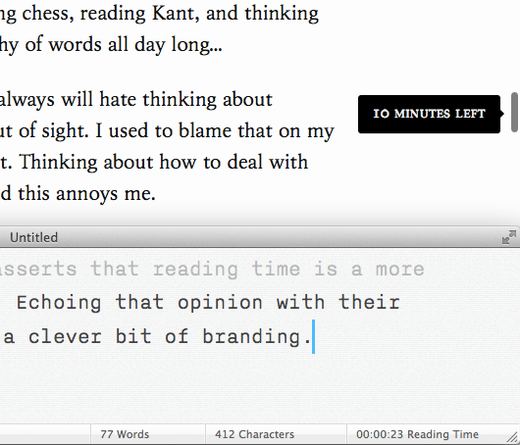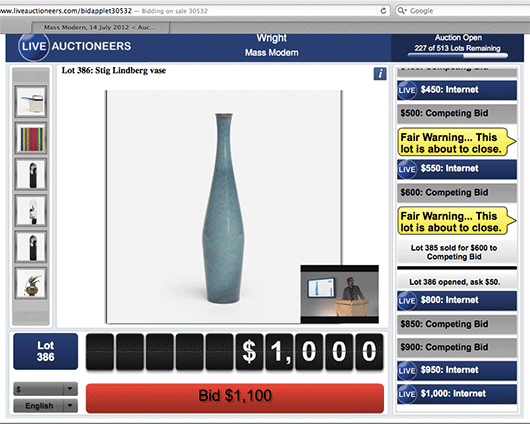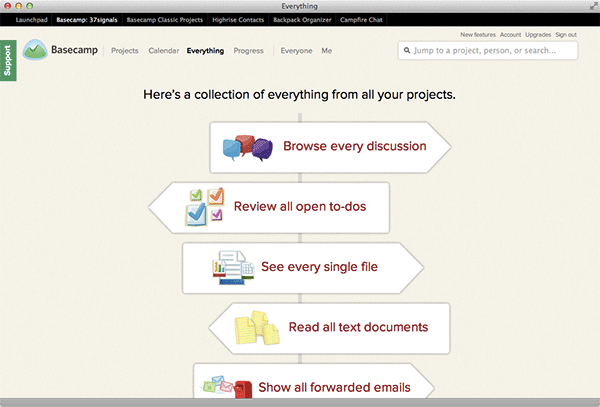Come out to WindyCityRails in Chicago on September 6 to see me talk about “Essentials of Product Development.”
A lot of us here on SvN are product people. We know it’s not just the UI, engineering, or business idea that make a product. It’s how you bring them all together to make the world better than it was before.
I’ll share lessons from years of experience designing and building products at 37signals in the talk. Actually the things I’m most proud of aren’t even our official products. They’re the things I made on the side. It’s incredible what you can do with those few hours on nights and weekends when you have a strong hold of product development.
Many of us have deep questions that go beyond making a better product. We want to know how to make more progress on our product. Getting there requires you to bring the talents you have together at the right time, in the right order, with the right people, on the right things.
That’s the fundamental challenge, and I’ll be sharing techniques I’ve learned over the years to cut through it and make more progress on your product.
WindyCityRails is a great conference. I hope you’ll come out and see the other speakers too.
I’m speaking on September 6th at 2:15pm. You can register here before August 8th and save $150.
Offical abstract:
It takes more than talent to make a great product. You also have to focus on the right things, in the right order, with the right people at hand. Ryan will explain key points for successfully developing product so you can make the most progress on your big idea. The talk will cover common pitfalls, techniques for seeing the bigger picture, and advice on how to bring the different roles together.
See you there! Thanks to Ray for inviting me again this year.






